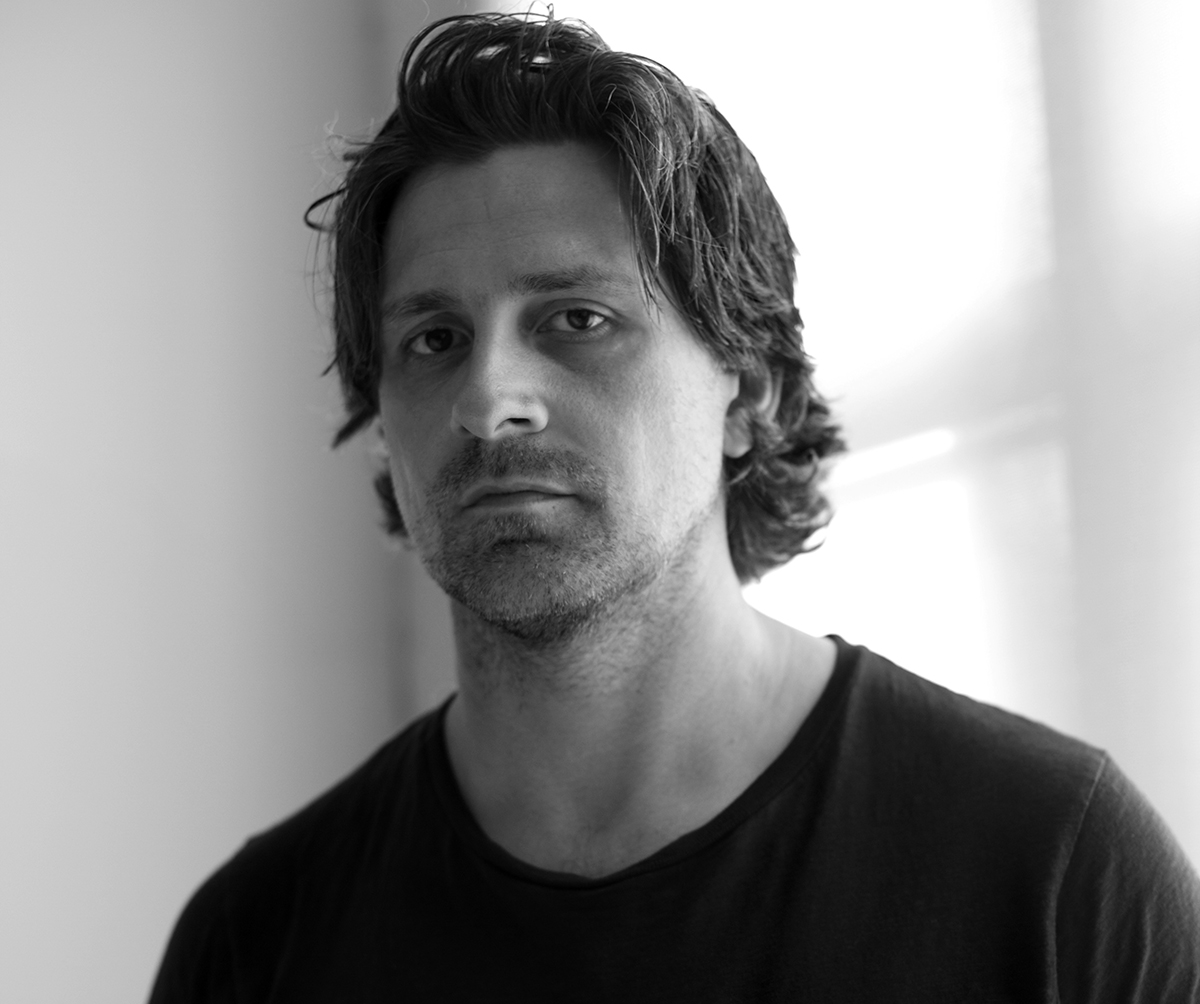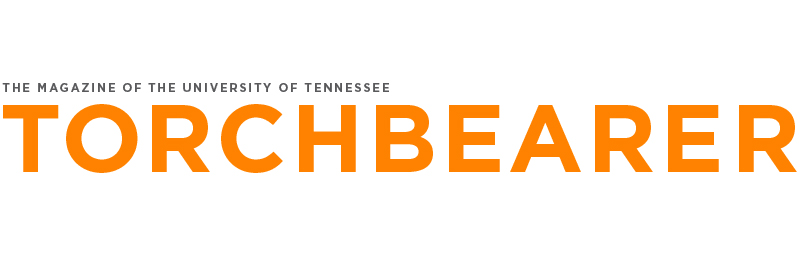In an artist’s toolbox there are many instruments—paint, brushes, pencils, and clay. One might think that a computer, a scanner, and a wide-format printer wouldn’t fit there, but Wade Guyton (’95) would disagree.
Guyton’s use of nontraditional materials and media has, over the last decade, earned him much praise as well as exhibitions throughout Europe, including Germany, Switzerland, Austria, Belgium, and Italy. Recently, he opened his first show at an American museum at the world-renowned Whitney Museum of American Art in New York City.
The exhibition, Wade Guyton OS (an homage to the acronym for a computer’s operating system), was a mid-career survey of Guyton’s art. Included in the exhibit were pieces that perhaps began as a page in a book that Guyton ripped out, scanned, molded to his liking, and printed on his Epson Stylus. He also favors the use of X’s and U’s in works, and any glitches, globs, or smears that result from printing become part of the beauty of his art.
As an elementary school student in Lake City, Tennessee, Guyton says, he didn’t have the feel for drawing so he let his stepfather complete his art assignments. It was at the University of Tennessee that Guyton says he was “seduced by art” and became fast friends with Meredyth Sparks (’94) and Kelley Walker (’92), both renowned artists in their own right.
As a member of the College Scholars program, Guyton was able to tailor his coursework to accommodate his desire to become an artist. He earned a Bachelor of Arts with an emphasis in fine arts and cultural theory.
Guyton left for New York City in 1996, studied at Hunter College, and worked at the Dia Art Foundation and a local bookstore. When the foundation closed its doors, Guyton moved to a studio in the East Village. His small space quickly filled up with materials for sculptures, and space was scarce, so he began working with paper.
He bought notebooks but couldn’t figure out what exactly to do with the paper.
“I started tearing out pages of books and magazines that were around the studio and started making marks on them or just X-ing out images. Then I realized that the process of drawing didn’t make sense to me. The labor didn’t match up to what I was trying to do. And I thought the printer could make these things better than I could,” Guyton told The New York Times.
Guyton says he doesn’t dictate viewer takeaway of his art but is concerned with the presentation of it.

Above: Untitled, 2008. Epson Ultrachrome inkjet on linen; eight panels, 84 x 69 in. (213.4 x 175.3 cm) each; 84 X 587 x 1 ½ in. (213.4 x 1491 x 3.8 cm) overall. Whitney Museum of American Art, New York (photograph by Lamay Photo).
At right: Wade Guyton (photo by David Armstrong)
“I’m very engaged with the presentation of the work,” he says. “Whether it is in a book form or in a space, a viewer will notice this and this should influence their experience.”
Inspiration isn’t something Guyton thinks about much. However, he does own several works of art from Rosemarie Trockel, Andy Warhol, Christopher Williams, Stephen Prina, and more.
“You own works that speak to you in some way…” he says. “Maybe they fill a void, or even better, they create one.”

